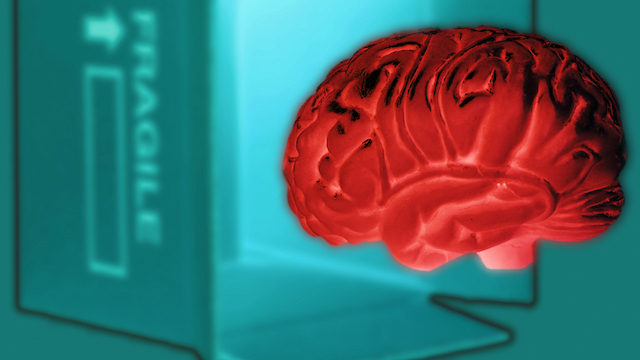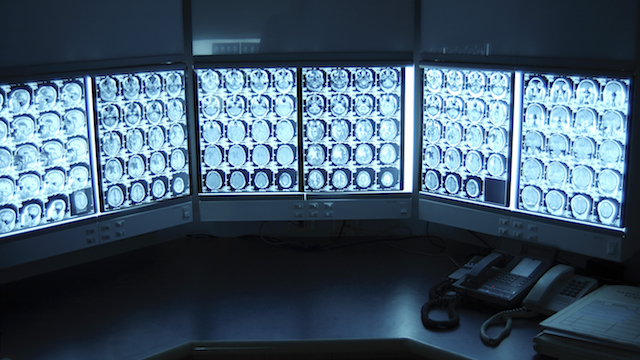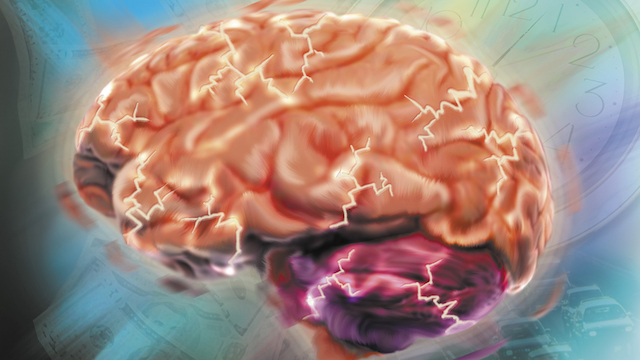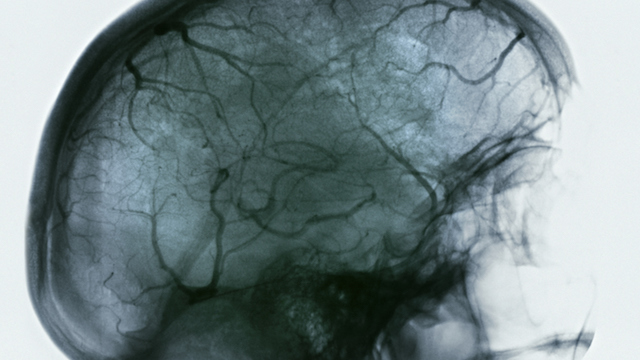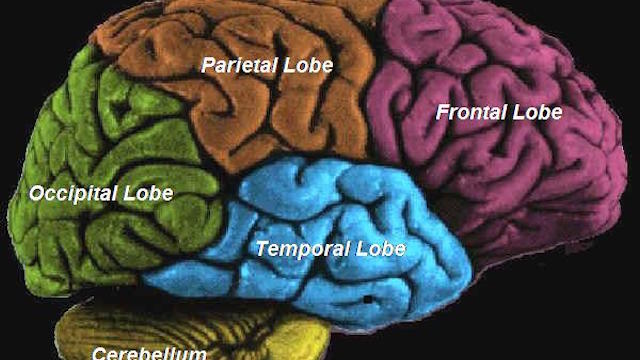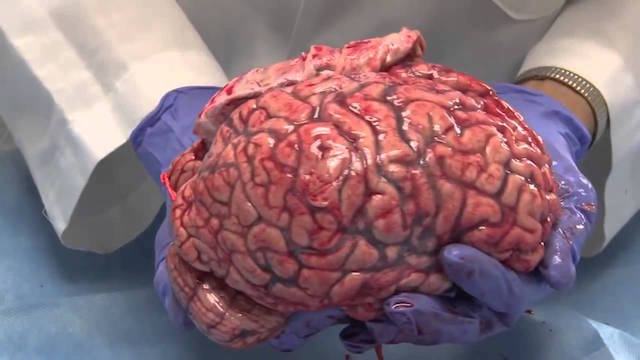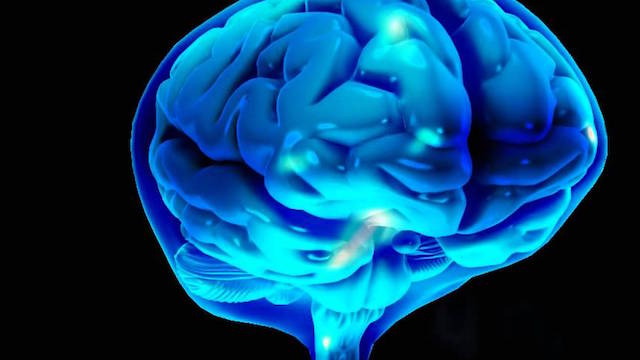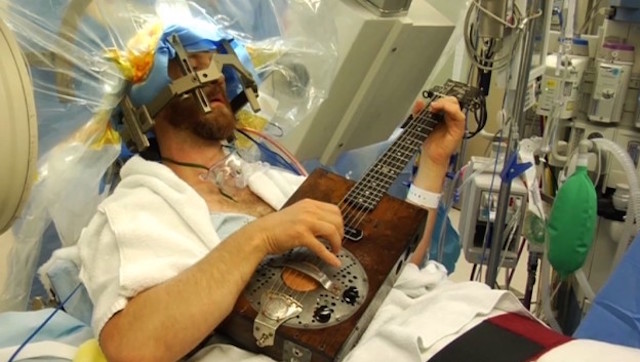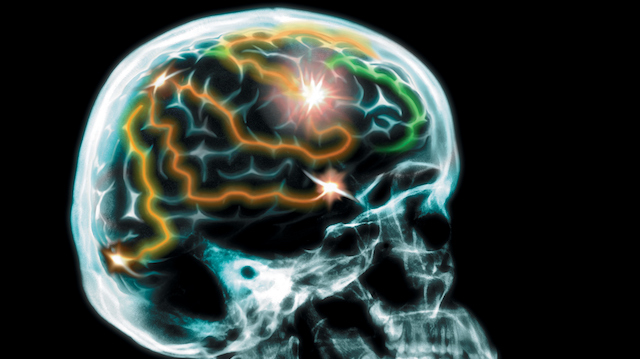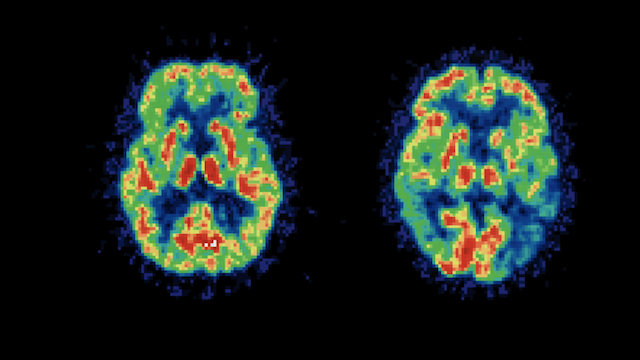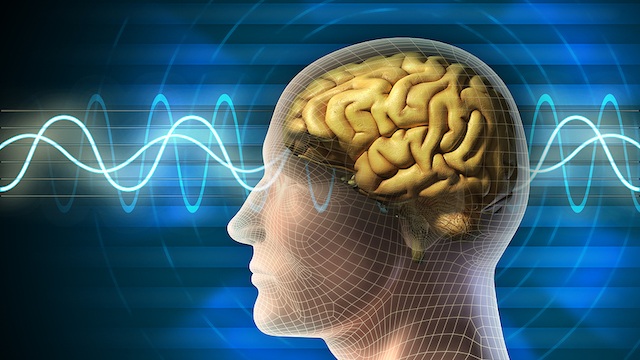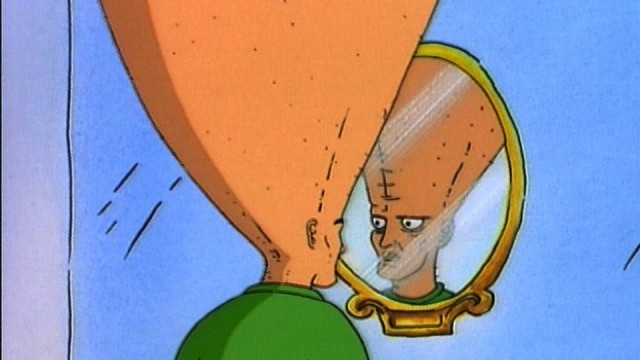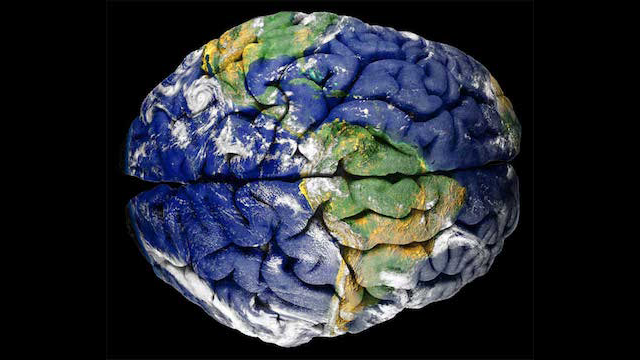15 facts about the brain you might not know
it's a fascinating organ
Published 9 years ago
1
That "Ten Percent" Thing Is Total Crap. "Humans only use ten percent of their brains" is a bigger lie than when your ex told you he's just a friend. It's been attributed to countless people who more than likely would appreciate if you knocked that off. Not only do you use more than 10%, you're constantly using the whole freakin' thing. Neurons are always firing and synapses are lit up like a Christmas tree. Throw your brain under an MRI and it'll look busier than a Tokyo crosswalk. In fact, if you only used 10%, you could take a blow to the head no problem, because most of it is wasted garbage, right? Please don't take blows to the head -- there's important stuff in there.
2
Science Knows What It Does But Not How Or Why. Don't get confused, scientists know a ton about our brains. They know all about what it does, what part does what, and a little about what to do when it's broken. However, nobody has any idea how it does that. Sure, we know electrical impulses and chemical reactions are at the core of it, but why those impulses and chemicals do brain stuff -- no idea. Not only that, but science can't even agree on whether the brain and mind are the same thing. It shouldn't work, but here you are using your brain and stuff.
3
It Uses A Baffling Amount Of Your Body's Resources. The brain consumes 20% of your body's energy, despite being only 2% of your body weight. In fact, 15% of your body's cardiac output goes straight into your think hole, as well as 25% of the glucose your body creates from food. Not only that, but your brain can burn a number of different fuels and switches on the fly. It prefers glucose but can switch over to ketones and sometimes lactate.
4
Blood Doesn't Go Directly To You Brain. Your brain is cut off from your body's regular circulation by the Blood-Brain Barrier (how is not the name of a band?) which serves as a buffer between them. Capillaries carry blood to it, drop off the oxygen, nutrients, etc -- and they pass through this barrier. The openings allow good stuff in, but are too small for disease to get in, thus protecting the brain -- that has its own blood vessels. Screw with this barrier, and all kinds of problems pop up. Diseases like Meningitis and Multiple Sclerosis can wreak havoc with the blood-brain barrier and the results ain't pretty.
5
What Area Does What Makes Absolutely No Sense. Functions can happen anywhere but your brain usually uses specific areas for certain things. Wernicke's Area handles language and Broca's Area handles speech -- both on the left side. However, the part that distinguishes prosodic language (tone of voice, inflection, etc) is on the right side. Motor skills that happen in both hemispheres, but show a preference for some reason (lefty/righty). Then you have calculation which happens on either side, except exact calculation and recalling facts -- left side. Science stopped trying to figure out why it happens -- they just accept that it does.
6
Your "Grey Matter" Isn't Grey Or Even Close To It. Say hi to your brain (hi brain!), because that's what it actually looks like. It's not grey, and is actually kind of pink. If you were to cut one open (with the owner's permission), the inside would be a little bit off-white -- but not grey. The preserved specimens turn a little bit beige from the preservatives, but also not grey. It's just called that because it is. Be okay with it.
7
Cerebrospinal Fluid Does Five Completely Different Things At Once. First and foremost, your brain is neutrally buoyant. It doesn't float or sink, and the CSF keeps it that way. Then it also works as a shock absorber for mild blows to the head not delivered by Clay Matthews. It also makes sure the various brain chemicals stay at a proper pH, and sucks out anything that messes with that. It also balances out the pressure up there, so bloodflow to the brain-blood barrier isn't choked off. It also serves a super-vital function of removing waste products, which the brain apparently generates a lot of. You produce 500 ml of the stuff a day, and it cycles the entire supply 3-4 times daily.
8
Someone Can Be Poking And Stabbing Your Brain And You'd Never Know It. What's this guy up to? Nothing much. Just playing guitar and singing while doctors perform surgery on his freakin' brain. True story. How is this possible? It's because your brain has no pain receptors and can't really feel anything. Your head has plenty of them (please don't test that), but once you get to the actual brain -- nothing. Patients -- like this guy -- are sometimes kept awake during brain surgery for reasons that will just confuse you.
9
Your Frontal Lobe Is What Gets You Through The Day (And Is As Complicated As You'd Expect). Short term memory, motivation, planning, reward behaviors -- all handled by your frontal lobes. Even more important is your sense of right and wrong, which is conveniently in the same place. Mess up your frontal lobe, and you could easily lose all of those things and more. Any kind of damage up there has the power to make everyday life close to impossible. The way your frontal lobe does what it does studied heavily. The more doctors learn about it, the more questions arise.
10
It Took A Computer With Almost 83,000 Processors To Simulate 1 Second Of Brain Function. Scientists using the insanely powerful K Computer in Kobe, Japan ran a simulation of the actual human brain. It took 40 minutes and an entire Petabyte of system memory, but the researchers were able to see what one second of brain activity was like. 1.7 billion nerve cells and 10 trillion synapses were mapped out with NEST simulation software, and the results analyzed. Your brain's network is many times bigger, does this every second of the day, and you barely notice.
11
"Use It Or Lose It" Is An Actual Thing With A Less-Interesting Name. It's called Brain Plasticity and it's basically your brain's habit of devoting resources to things you'll actually use. As the theory goes, your brain will notice if you're not using a certain area for something it's most capable of. Should you not need that area, it uses it for something else. This has a lot to do with the effects of aging on the brain, as the older you get the more your brain has shut down areas you're not using.
12
Neuroscientists Will Study The Hell Out Of Someone Who Had A Stroke. A stroke happens in a very specific area from a very specific blockage. This lets science isolate where the "epicenter" of damage happened, and then where it went from there. This has allowed neuroscientists to learn way more about the effects of brain damage than anything else. The brain being the brain, they haven't been able to glean a whole lot from it, but it's the most effective way to study brain damage anyone has figured out so far.
13
Brain Waves Happen But Nobody Knows Why. Neural oscillation is the actual name for what we call "brain waves." They come from the rhythmic activity in your brain's neurons and happen in a certain frequency which oscillates into these recognizable waves. Specific waves correlate to specific activities and are a great indicator of what the brain happens to be up to at that moment. The only problem is that we have no idea what purpose these oscillations serve or why they even exist.
14
Brain Size And Intelligence (Probably) Have (Almost) Nothing To Do With Each Other. The human brain is proportionately larger than any other mammal's brain, based on body size. We're also smarter (have chimpanzees figured out call waiting?). However, that doesn't exactly mean that the bigger a person's brain is, the smarter they are. We might check out the big brain on Brad, but Brad might just be smart because he's smart. A couple of studies have shown a slight increase in size with higher IQ (less than .5%), but many scientists are skeptical of the correlation. Most scientists will admit the brain is far too complex for just one thing to explain it all.
15
"Brain Geography" Is A Real Thing You Can Actually Study. The individual folds, structures, nooks, and crannies of your brain are as specific as any map or globe. Scientists keep an actual 'Atlas Of The Brain' to help them find specific parts and what not. Some scientists spend entire careers mapping out smaller and smaller areas of the brain -- for a great reason. The brain is so insanely complicated, that major functions could be handled by some of the smallest components. The more specific our understanding of the brain's structure -- the better we can pinpoint what does what.

